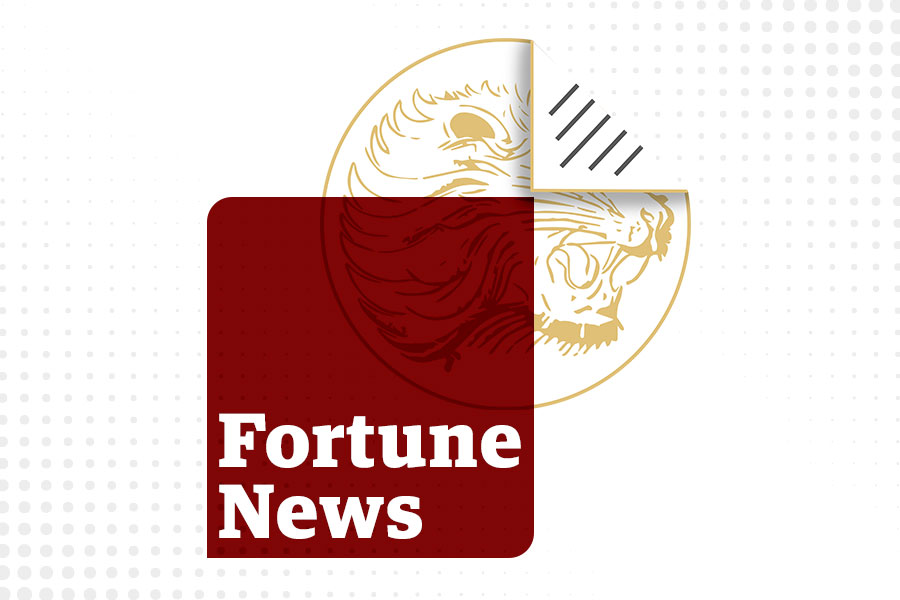
Fortune News | Sep 02,2023
Jul 26 , 2025
By Rabah Arezki , Rick van der Ploeg
The world's superpowers have developed a seemingly insatiable appetite for the critical minerals that are essential to the ongoing energy and digital transitions, including rare-earth metals (for semiconductors), cobalt (for batteries), and uranium (for nuclear reactors). The International Energy Agency (IEA) forecasts that demand for these minerals will more than quadruple by 2040 for use in clean-energy technologies alone.
But, in their race to control these vital resources, China, Europe, and the United States (US) risk causing serious harm to the countries that possess them.
China is leading the pack, having gained ownership or control over an estimated 60pc to 80pc of the critical minerals that are needed for industry (such as for magnets) and the green transition. This control extends across the supply chain. China is heavily invested in mining across Africa, Central Asia, and Latin America, and has been building up its processing capabilities.
For Western powers, China's quasi-monopoly over critical minerals appears to be an economic and national security threat. This fear is not unfounded. In December 2024, China restricted exports of critical minerals to the US in retaliation for US restrictions on exports of advanced microchips to China.
Since then, US President Donald Trump has forced Ukraine to relinquish a large share of its critical minerals to the US in what he presents as repayment for American support in its fight against Russia. Trump also wants the US to assert sovereignty over mineral-rich Greenland, to the dismay of Denmark. And he has suggested that Canada, with all its natural resources, become America's 51st state. The European Union (EU), for its part, has sought its mining contracts, such as in the Democratic Republic of the Congo (DRC), touted as the "Saudi Arabia of critical minerals."
From the Scramble for Africa in the 19th Century to Western attempts to claim Middle Eastern oil in the 20th, such resource grabs are hardly new. They reflect a fundamental asymmetry. Less industrialised developing economies tend to consume fewer resources than they produce, whereas the opposite is true for developed economies – and, nowadays, China.
China, Europe, and the United States (US) risk causing serious harm to the countries that possess them.
In principle, this asymmetry creates ideal conditions for mutually beneficial agreements. Industrialised economies get the resources they desire, and non-industrialised economies get a windfall, which they can use to bolster their own development. But, in reality, vast natural-resource endowments have proven to be more of a curse than a blessing, with resource-rich countries often developing more slowly than their resource-poor counterparts.
A key reason for this is that developed economies possess more economic clout, advanced technology, and military might, all of which they utilise to acquire the resources they seek. For example, European imperial powers utilised steam-engine technology to facilitate their exploration and exploitation of Africa for resources such as copper, tin, rubber, timber, diamonds, and gold in the 19th Century. This, together with more advanced weaponry and other technologies, meant that, far from offering local communities fair compensation for their valuable resources, European powers could subjugate those communities and use their labour to extract and transport what they wanted.
However, even countries that export their resources for a profit have often struggled to make progress on development, not only because of imbalanced deals with more powerful resource importers, but also because their governments have frequently mismanaged the associated bonanzas. It does not help that resource-rich countries and regions often grapple with internal and external conflicts.
Consider the mineral-rich provinces of the DRC, such as Katanga and North Kivu, which have long suffered from violence and lawlessness, fueled by neighbours such as Rwanda and Uganda. Today, the advance of the Rwanda-backed M23 rebels is fueling bloodshed in eastern Congo, and creating an opportunity for outside powers to gain access to critical minerals. The DRC-Rwanda peace agreement brokered by the Trump administration promises precisely such access to the US, in exchange for security guarantees.
But, the resource curse is not inescapable, especially for countries with strong outward-facing institutions to manage the economy's external relations, including its resource sector's ability to attract investment and generate revenues for the state, and inward-facing institutions to govern how those revenues are used. If a country is to translate its resource endowments into economic development and improvements in human well-being, both have a critical role to play.
Outward-facing institutions should negotiate fair and transparent mining contracts with multinational corporations and strengthen local governments' ability to do the same. Such contracts should include local-content requirements, which keep more high-value-added processing activities at home, increase local employment, and strengthen the capacity of local suppliers and contractors. Since acquiring a 15pc stake in De Beers, Botswana has sought to ensure that diamond cutting – not simply mining – occurs domestically, which requires inward-facing institutions to deliver adequate investment in these capabilities.
Inward-facing institutions should also manage risks raised by resource extraction, from health and environmental damage (deforestation, biodiversity loss, pollution) to labour-rights violations (including child labour). Unfortunately, as it stands, many mineral-rich countries are falling far short, leading some to advocate boycotts of critical minerals coming from conflict zones or countries using forced labour. While such boycotts are unlikely to sway these governments, they could convince multinationals and foreign governments to demand better enforcement of environmental and social standards from countries with which they do business.
Ultimately, however, it is up to mineral-rich countries to defend their interests and make the most of their endowments. This starts with efforts to strengthen institutions.
PUBLISHED ON
Jul 26,2025 [ VOL
26 , NO
1317]

Fortune News | Sep 02,2023
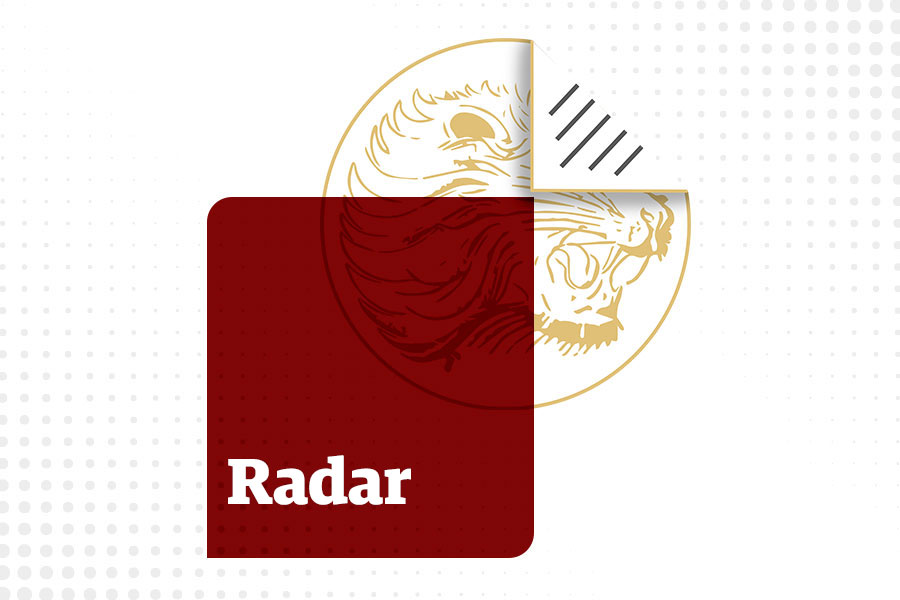
Radar | Jul 15,2023
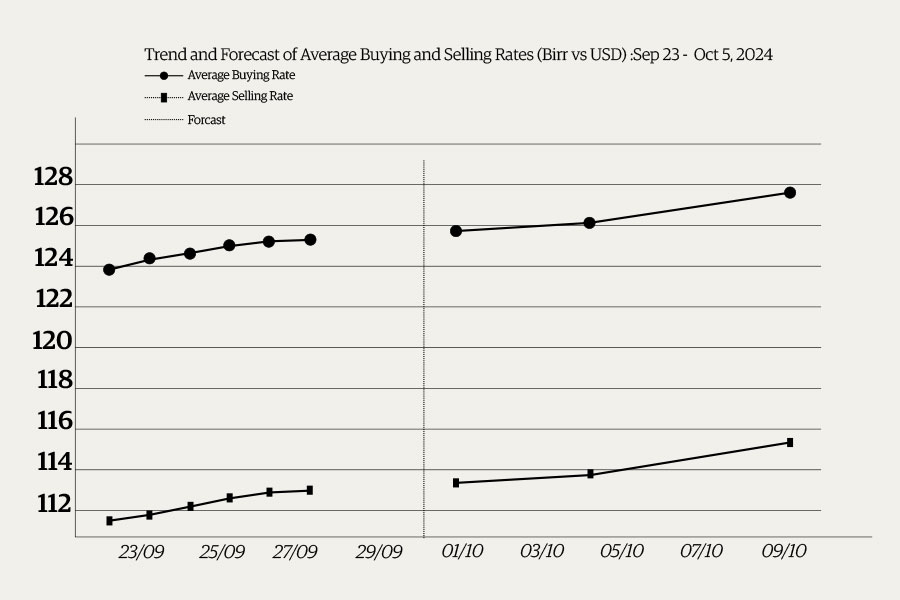
Money Market Watch | Sep 28,2024
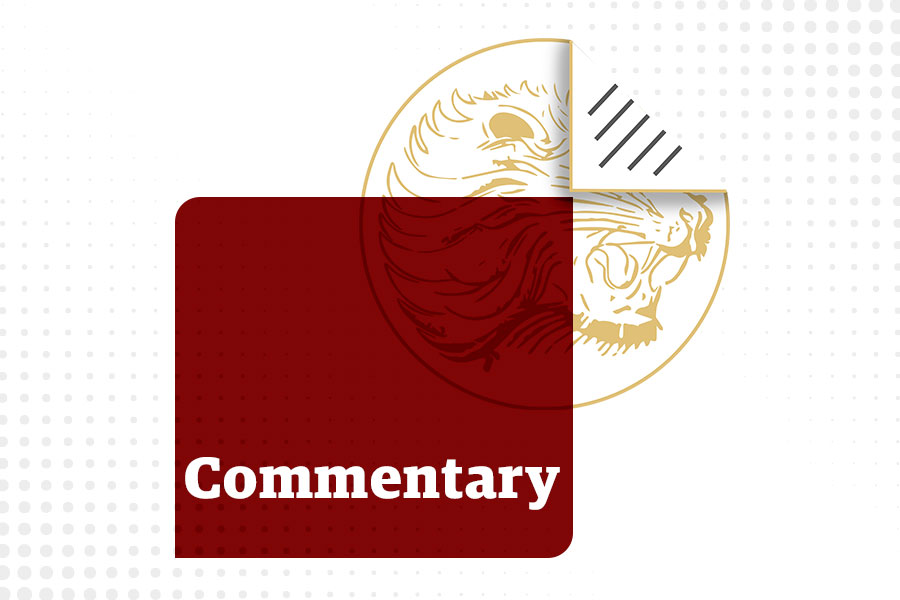
Commentaries | Jan 31,2021
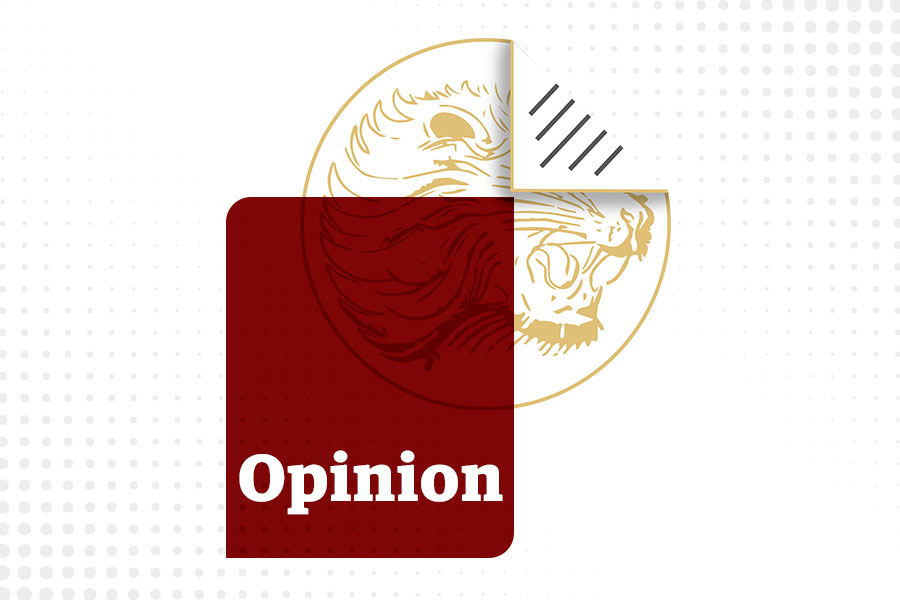
My Opinion | Dec 17,2022
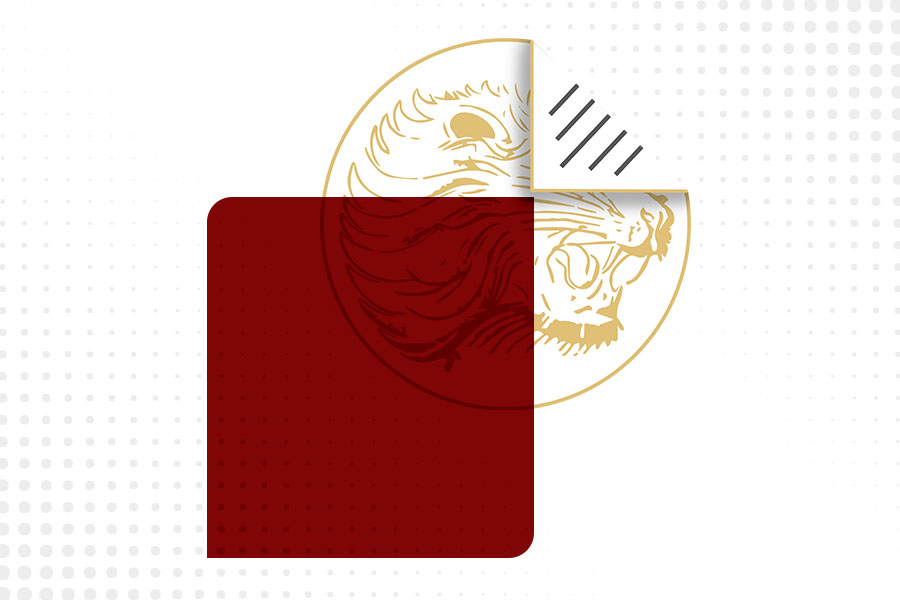
My Opinion | Nov 19,2022

Commentaries | Feb 09,2019
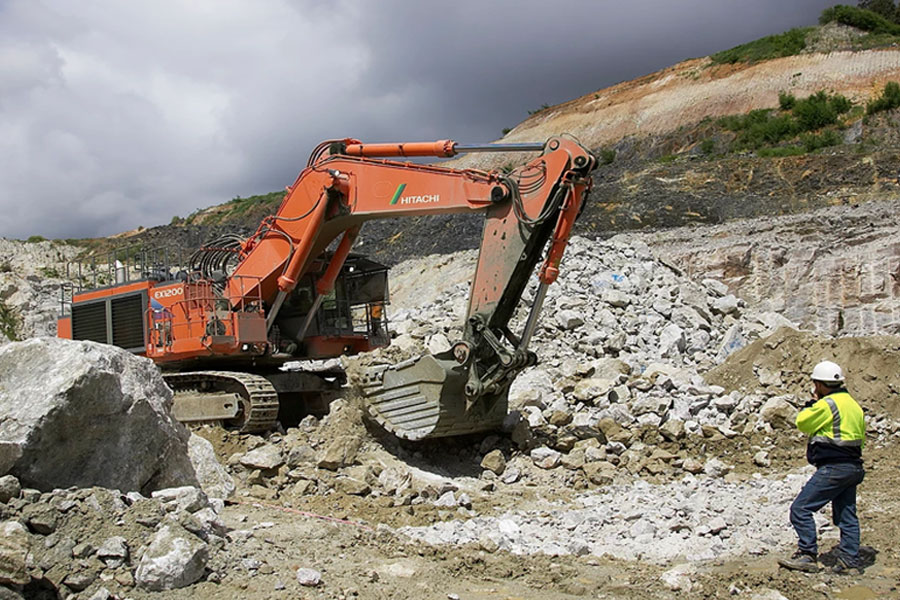
Fortune News | Jun 19,2021

Sunday with Eden | May 01,2020

Verbatim | Apr 24,2021

Photo Gallery | 177829 Views | May 06,2019

Photo Gallery | 168042 Views | Apr 26,2019
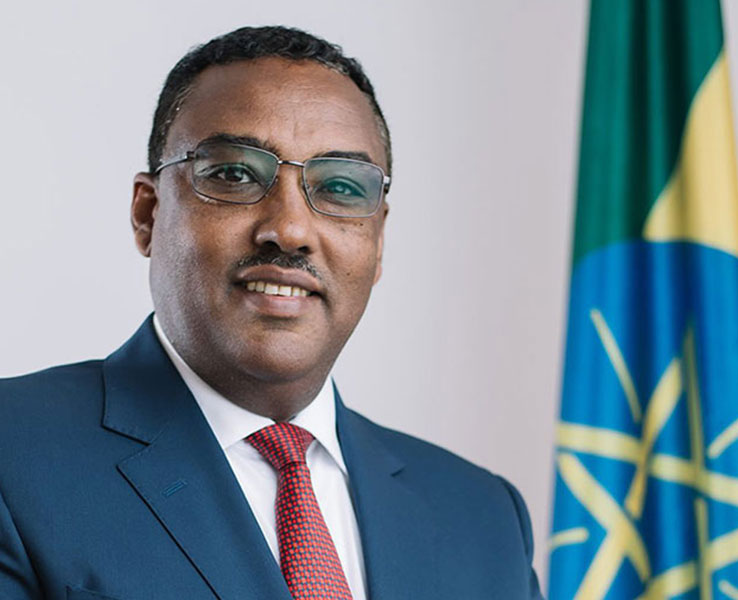
Photo Gallery | 158755 Views | Oct 06,2021

My Opinion | 137014 Views | Aug 14,2021
Commentaries | Oct 25,2025
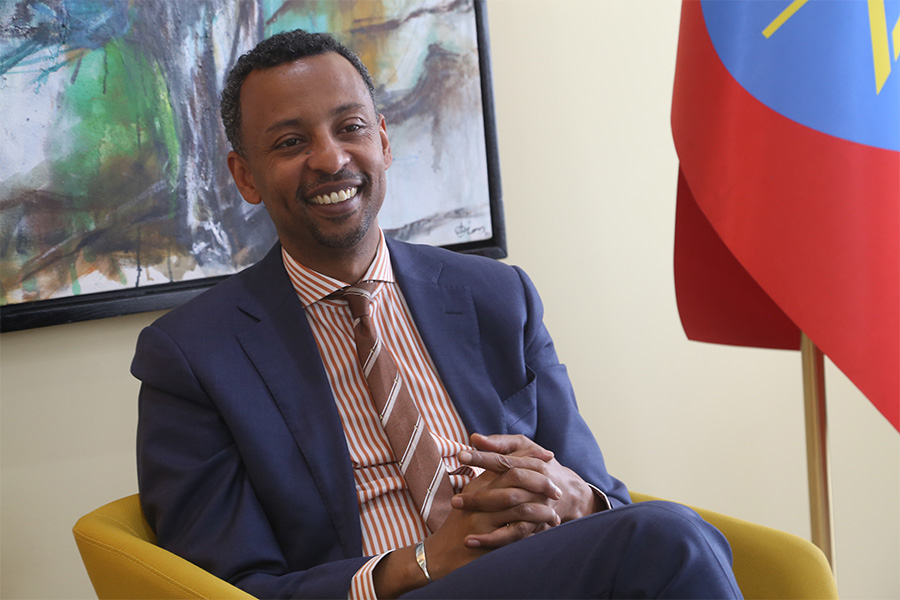
Dec 22 , 2024 . By TIZITA SHEWAFERAW
Charged with transforming colossal state-owned enterprises into modern and competitiv...
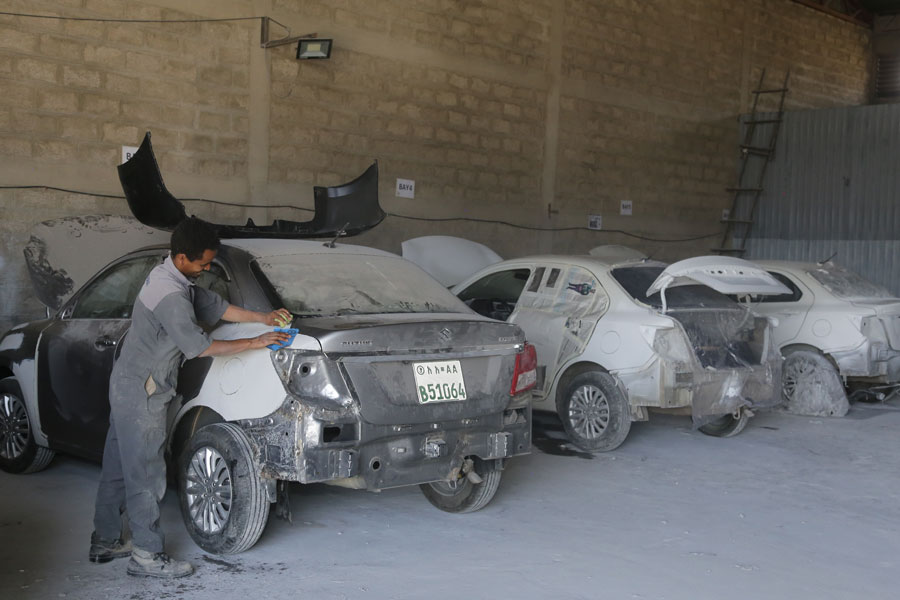
Aug 18 , 2024 . By AKSAH ITALO
Although predictable Yonas Zerihun's job in the ride-hailing service is not immune to...

Jul 28 , 2024 . By TIZITA SHEWAFERAW
Unhabitual, perhaps too many, Samuel Gebreyohannes, 38, used to occasionally enjoy a couple of beers at breakfast. However, he recently swit...
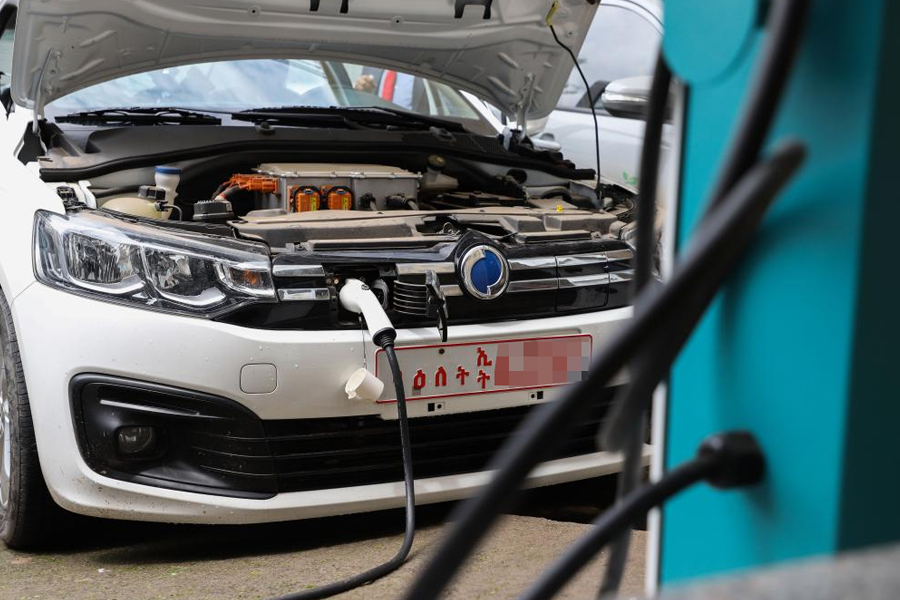
Jul 13 , 2024 . By AKSAH ITALO
Investors who rely on tractors, trucks, and field vehicles for commuting, transporting commodities, and f...
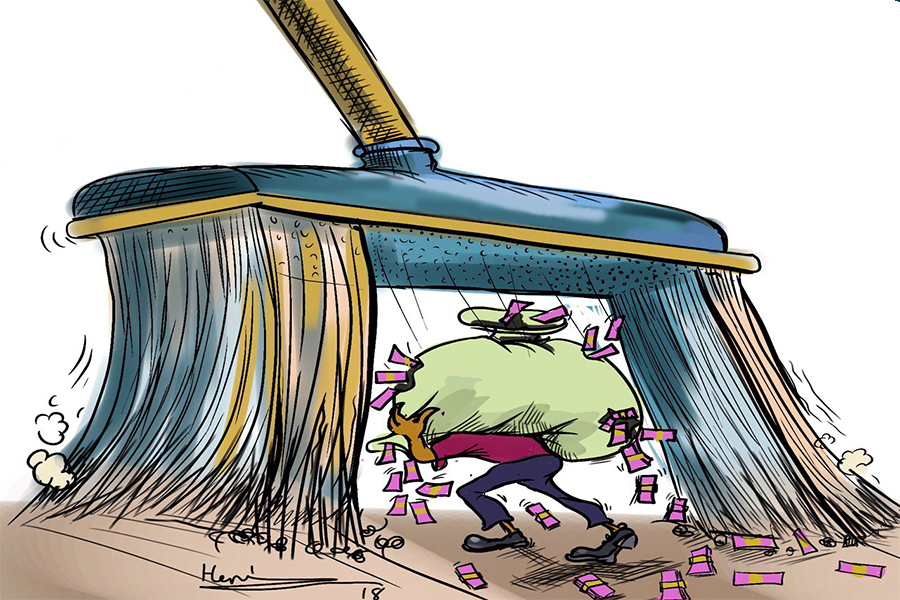
Oct 25 , 2025
The regulatory machinery is on overdrive. In only two years, no fewer than 35 new pro...
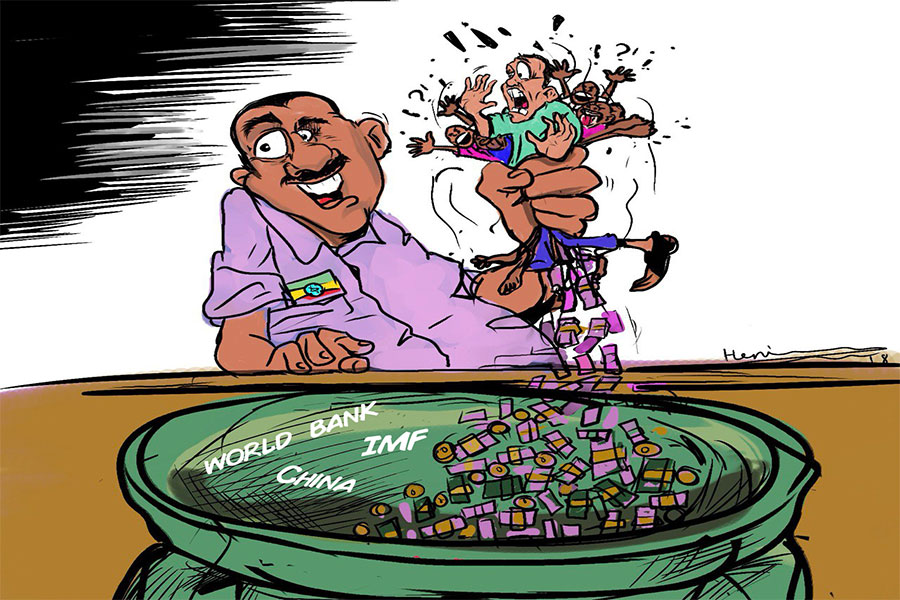
Oct 18 , 2025
The political establishment, notably the ruling party and its top brass, has become p...
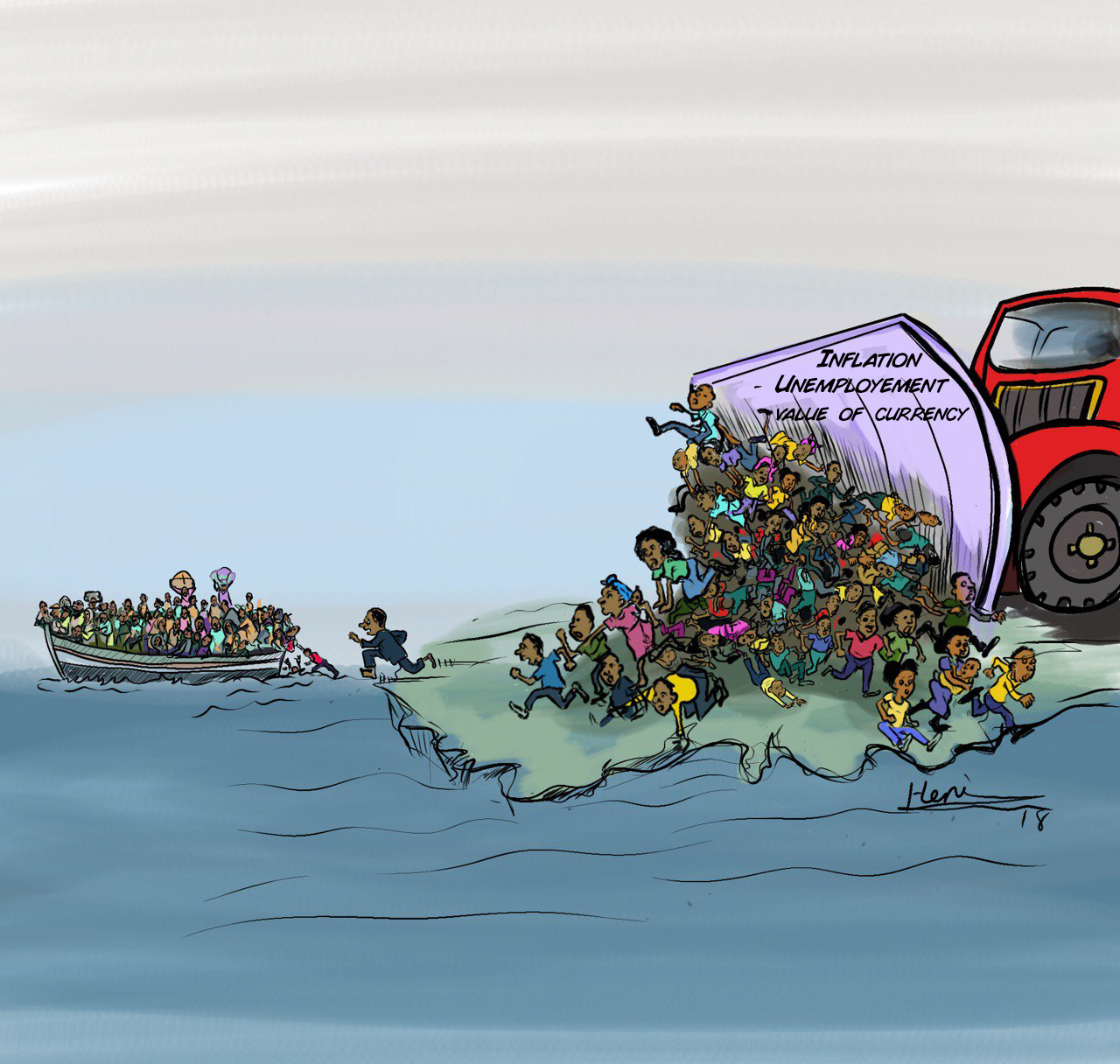
Oct 11 , 2025
Ladislas Farago, a roving Associated Press (AP) correspondent, arrived in Ethiopia in...
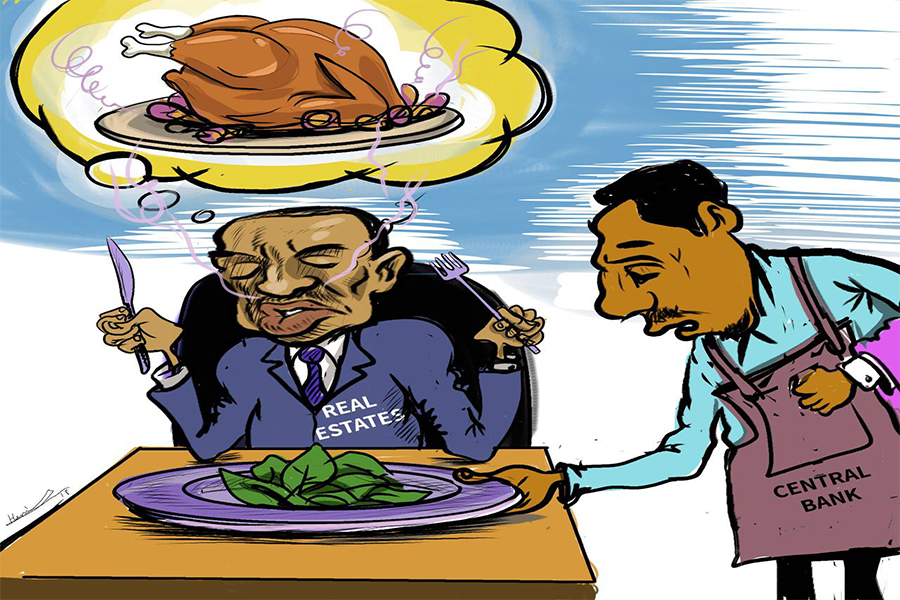
Oct 4 , 2025
Eyob Tekalegn (PhD) had been in the Governor's chair for only weeks when, on Septembe...

Oct 25 , 2025 . By YITBAREK GETACHEW
Officials of the Addis Abeba's Education Bureau have embarked on an ambitious experim...
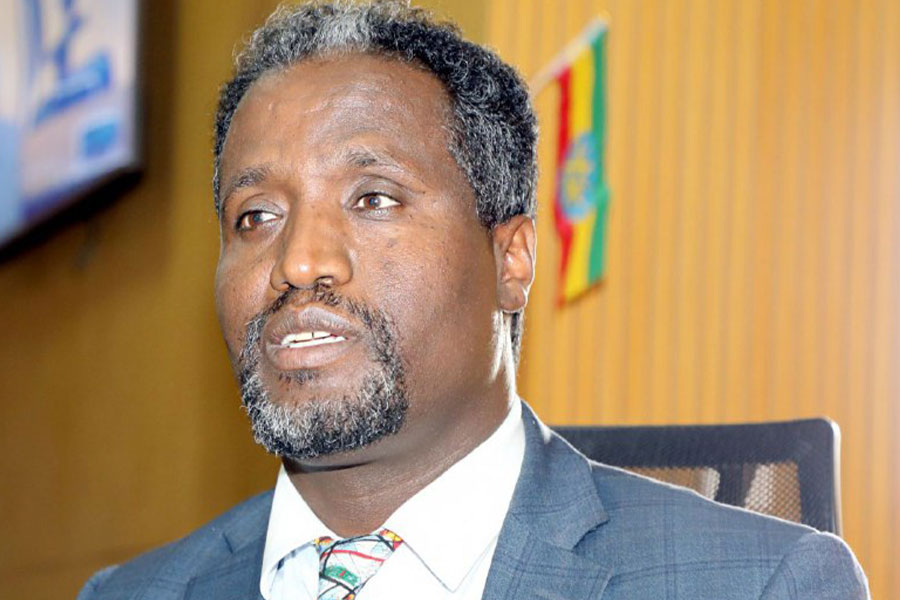
Oct 26 , 2025 . By YITBAREK GETACHEW
The federal government is making a landmark shift in its investment incentive regime...

Oct 27 , 2025
The National Bank of Ethiopia (NBE) is preparing to issue a directive that will funda...
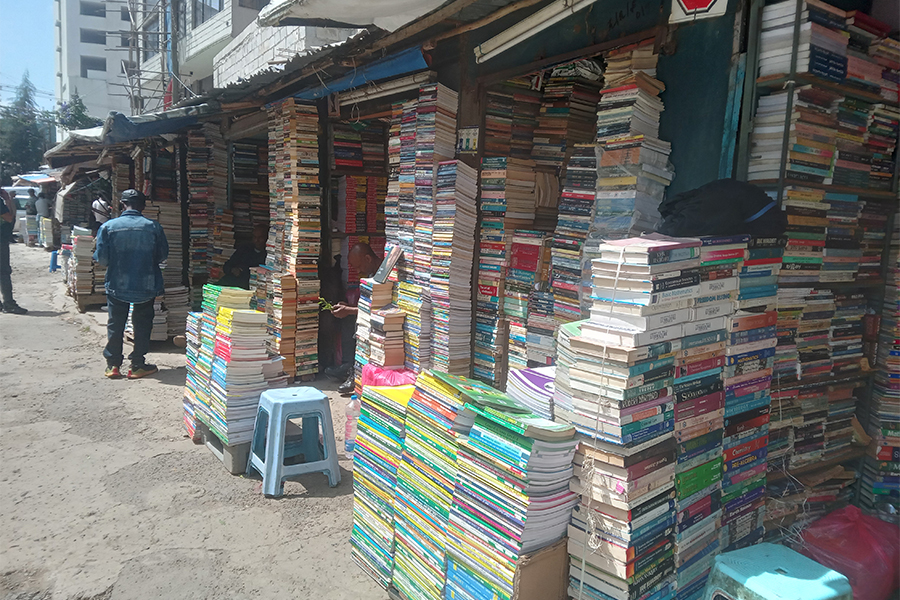
Oct 26 , 2025 . By SURAFEL MULUGETA
A community of booksellers shadowing the Ethiopian National Theatre has been jolted b...